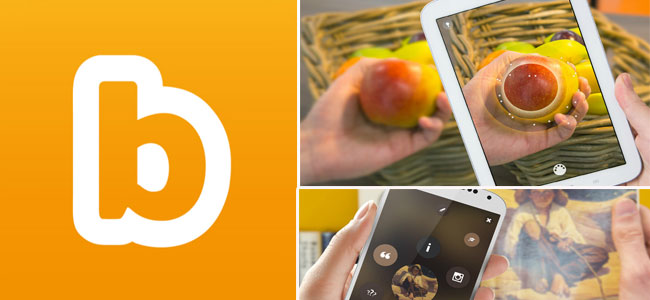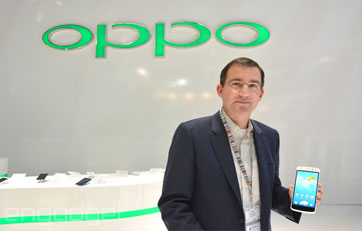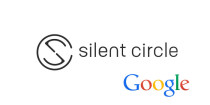Image Recognition App Blippar Is Here
 Our smart phones can soon become our eyes due to the image recognition revolution Think of the endless opportunities that an image recognition program would mean for humanity. Imagine what it would mean in terms of gaining basic knowledge on anything you point your phone to. Wouldn’t it be awesome to have a gambling app that you only had to, say point towards a roulette table, and instantly you could get all the information in the world on roulette? I know, it would be marvelous! According to the LA Times, it all boils down to neural networks. These are computer programs, based a bit on the workings of our brains. In an Artificial Intelligence-like manner, these computers are able to draw connections between things, like for example the form of a dog and cross-reference the shape with breeds to come up with even more information. An example that the LA Times here uses is the tech that Google came up with. The program applied by them is so smart, that it could even make a distinction between fish types, even between ones that look quite alike.
From computers to mobile phones
Now, the time has come for such smarty pants-programs to move to the smart phone sector. We have seen how wonderful things can get when gambling software moved from our Macs and PCs to our phones, so I, for one, remain very optimistic regarding this innovation. It is especially exciting, for with it, the amount of information to be gained is infinite. If you want to look at things more from a consumerist point-of-view, consider this: you see the most beautiful car you have ever seen and want to buy it. At the very least, you want to know some specs. You point your phone camera towards it and hey presto! Tons of information on the new Tesla In 2013, a total of one billion smartphones were sold according to the reports of IDC survey firm. So, why not target all of these users? Well, Blippar decided that it would. As Omar Tayeb told The LA Times, he has much higher hopes for image recognition programs than just consumerist ideals. They are making programs that are capable of recognizing everyday objects, like books or even movie posters. With the two previous examples, you can gain access to, for example, reviews to decide if you want to read the book or watch the movie.
“I don’t know, blip it!”
 Tim McDonough, VP of Qualcomm (Photo: Engadget) Usually when we don’t know anything about a mobile gambling app, for example, we Google it. Same goes for basically anything. The reign of Henry VIII? Google it! Where will my favorite band play next? Google it! Right? Well, Blippar’s plan is for people to use it as often as we use Google. Soon, we’ll be using “Blip it,” just like we do for Google. As The LA Times describes the principle behind Blippar: “A person feeds the computer large numbers of annotated images and, over time, the computer becomes more accurate at identifying what it sees. Other companies, like Qualcomm Incorporated, is already taking part in the manufacturing of chips that will make it possible for programs like this to run on mobile phones. Tim McDonough, VP of Qualcomm told the LA Times that neural networks are able to learn many things. “We call it cognitive computing, which is kind of a dorky term that makes you think of a person playing chess, but the basic idea is machines can learn, and they can make decisions based on what they learn.” It is a brave new world for computer tech, and everyone had better follow or they’ll be left behind. |










